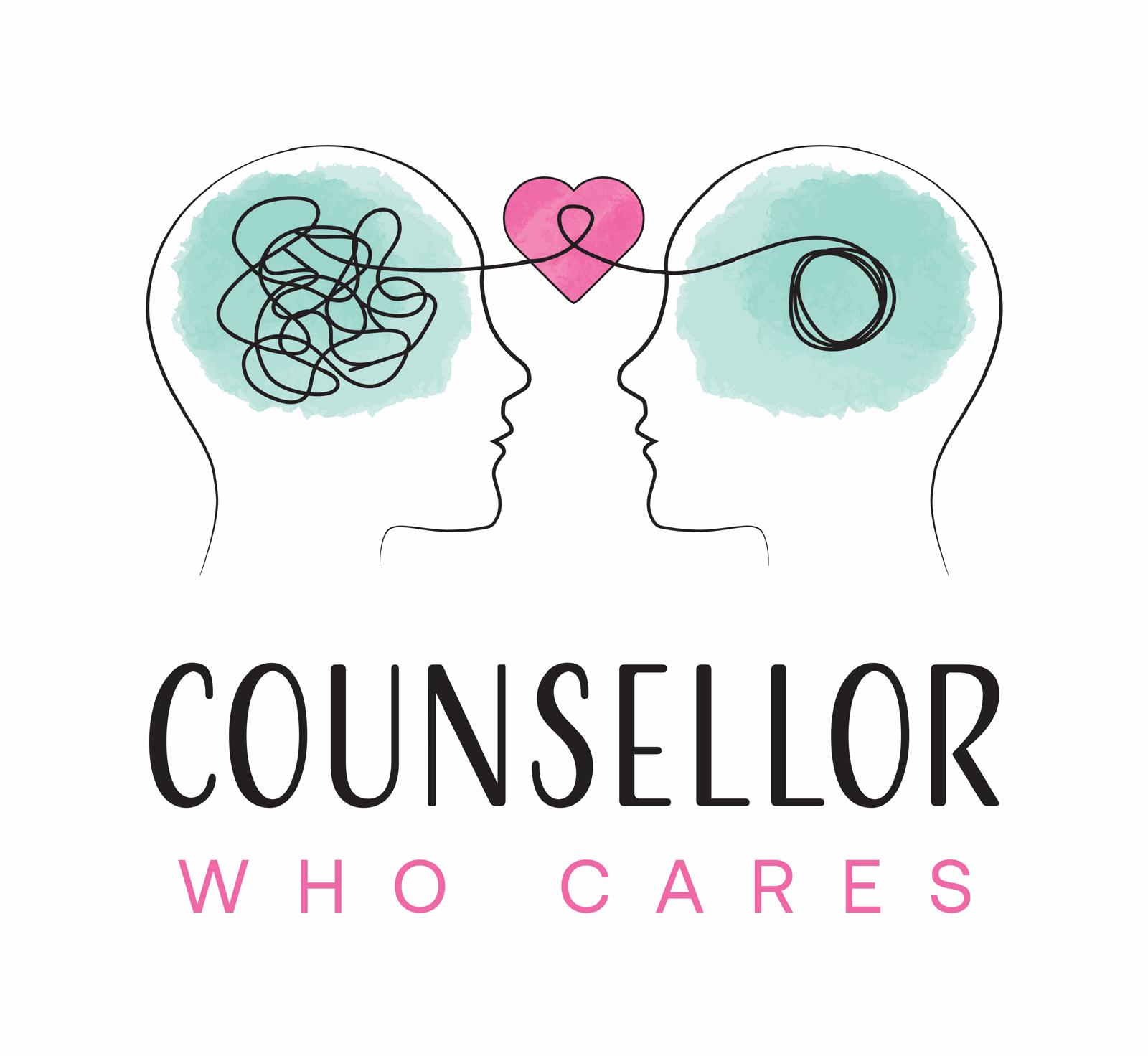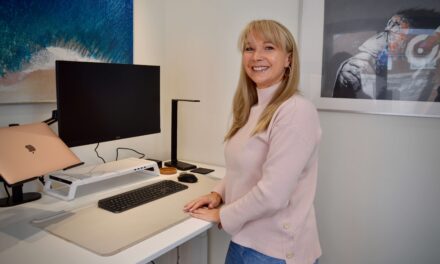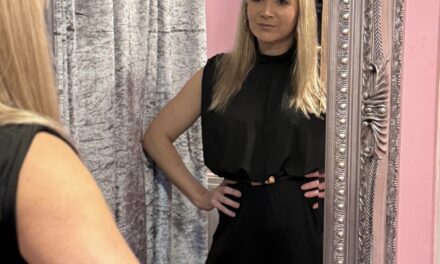Support For Body Dysmorphia
Body Dysmorphia: Why I Hate Looking at Myself in the Mirror
At times, looking in the mirror didn’t feel neutral; it felt like staring at disappointment. I wouldn’t just see a reflection; I’d see everything I thought was “wrong” with me, the acne, the tiredness, the body, which I didn’t feel at home in.
And it wasn’t just bathroom mirrors, car windows, shop fronts, phone screens. Every reflection became an invitation to self-criticism. I’d stare, then look away, filled with shame and frustration.
For many people, this is daily life. And for those struggling with body dysmorphia, it’s not just discomfort. It’s torment.
The Emotional Toll of Mirror Anxiety
What Is Body Dysmorphia?
Body Dysmorphic Disorder (BDD) is a mental health condition where a person becomes obsessively focused on perceived flaws in their appearance, flaws that often aren’t noticeable to others.
People with BDD:
Spend a lot of time checking mirrors, or avoiding them altogether.
Constantly compare themselves to others.
Pick at their skin, hide body parts, or seek reassurance.
Feel anxious, ashamed, or even disgusted by how they look.
And it doesn’t always look the way you expect. Many people with BDD don’t talk about it because they fear being called “vain” or “dramatic.” But this isn’t about vanity. It’s about pain.
Mirrors can become both addictive and punishing. They give you a moment of control, but also magnify every insecurity…
Understanding these feelings is the first step towards healing. By acknowledging the impact of body dysmorphia, we can begin to challenge the distorted perceptions and work towards a healthier self-image.
Why Mirrors Become Triggers
Facing the Reflection: An Introduction
Mirrors can become both addictive and punishing. They give you a moment of control, but also magnify every insecurity.
You look. You stare. You zoom in. You obsess.
Then you feel worse.
Shiny surfaces become loaded:
➔ A car window becomes a judgment.
➔ A shopfront becomes a silent enemy.
➔ A phone camera becomes a trigger for panic.
You feel split between the version of yourself others see and the one you’ve created in your mind.
The Illusion of Reflection
Understanding Mirror Anxiety
Here’s the truth: mirrors don’t show reality.
They reflect your inner emotional state.
On a good day, you might look and think, “Okay, not bad.”
On a tough day, you see someone unrecognisable. Someone you feel disconnected from.
But the mirror hasn’t changed.
What has?
Your mood. Your self-talk. Your nervous system.
So maybe the mirror isn’t the problem, it’s how we *feel* when we look.
My Story With Mirror Anxiety
Facing the Reflection: A Personal Journey
Exploring the Path to Recovery
When I was younger, my confidence was incredibly low. I had acne that made me want to hide my face. I’d cake on makeup, dodge photos, and feel like everyone was judging me, even when they weren’t.
I didn’t have the tools back then to say, “I’m more than my skin.”
Or, “This is temporary.”
Or, “My reflection doesn’t define my worth.”
I just saw a girl who wasn’t good enough.
And it chipped away at my self-esteem, day by day, glance by glance.
How Mirror Checking Impacts the Brain
The Psychological Effects of Mirror Anxiety
Here’s where the neuroscience comes in:
When you repeatedly check the mirror, you’re looking for relief.
A dopamine hit. A sense of control. A reassurance that you’re okay.
But it backfires.
Each time you check, you’re reinforcing the fear:
➔ “What if something’s wrong with me?”
➔ “What if I’ve changed?”
➔ “What if I look terrible today?”
Your brain learns: “I must keep checking to feel safe.”
And that becomes a trap.
Effective Coping Strategies
Managing Mirror Anxiety
If mirror anxiety or body dysmorphia is something you relate to, here are some gentle tools that can support you:
1. Limit Mirror Time
Pick two moments in the day to use a mirror: once in the morning, once at night, no more than 2 minutes. Don’t zoom, twist, or compare.
2. Affirmation Post-Its
Place kind reminders near your mirror:
➔“I’m not a reflection, I’m a person.”
➔ “My body deserves kindness.”
➔ “This is just a moment.”
3. Wear Body-Neutral Clothing
Ditch outfits that make you feel scrutinised. Choose softness, comfort, and fabrics that feel good on your skin.
4. Practice Mirror Exposure
In therapy, we sometimes do this gradually. You stand in front of a mirror and describe yourself objectively (e.g., “I see brown eyes” vs “My eyes look tired”).
5. Clean Your Social Feed
Unfollow triggering accounts. Fill your feed with people who promote body diversity, mental health, and self-worth.
6. Ground Your Focus Elsewhere
Keep a “gratitude list” for things your body lets you do: hug, walk, express joy. You are so much more than how you appear.
Daily Words of Affirmation
Empowering Self-Perception
1. “my reflection is not my worth.”
2. “My body is not a problem to fix.”
3. “I am learning to see myself with softer eyes.”
4. “Confidence starts in how I speak to myself.”
5. “Healing is not linear, but I am not broken.”
Say them out loud. Write them down. Believe them, little by little.
Final Thought: You Are Not Alone
Finding Strength in Connection
If you avoid mirrors, obsess over your appearance, or feel distressed by how you look, please know this:
You’re not being shallow.
You’re not broken.
You’re not alone.
Your pain is valid. And it’s treatable.
Therapy can help you gently unravel the stories you’ve learned to tell yourself and begin to rebuild a softer, more trusting relationship with your reflection.
Let’s Work Together
Like this blog?
Sign up below to get my free weekly therapy insights in your inbox. Every Wednesday and Sunday, I send gentle reminders, recovery reflections, and emotional support tools for real life.
➔ You deserve to feel supported, seen, and safe.






